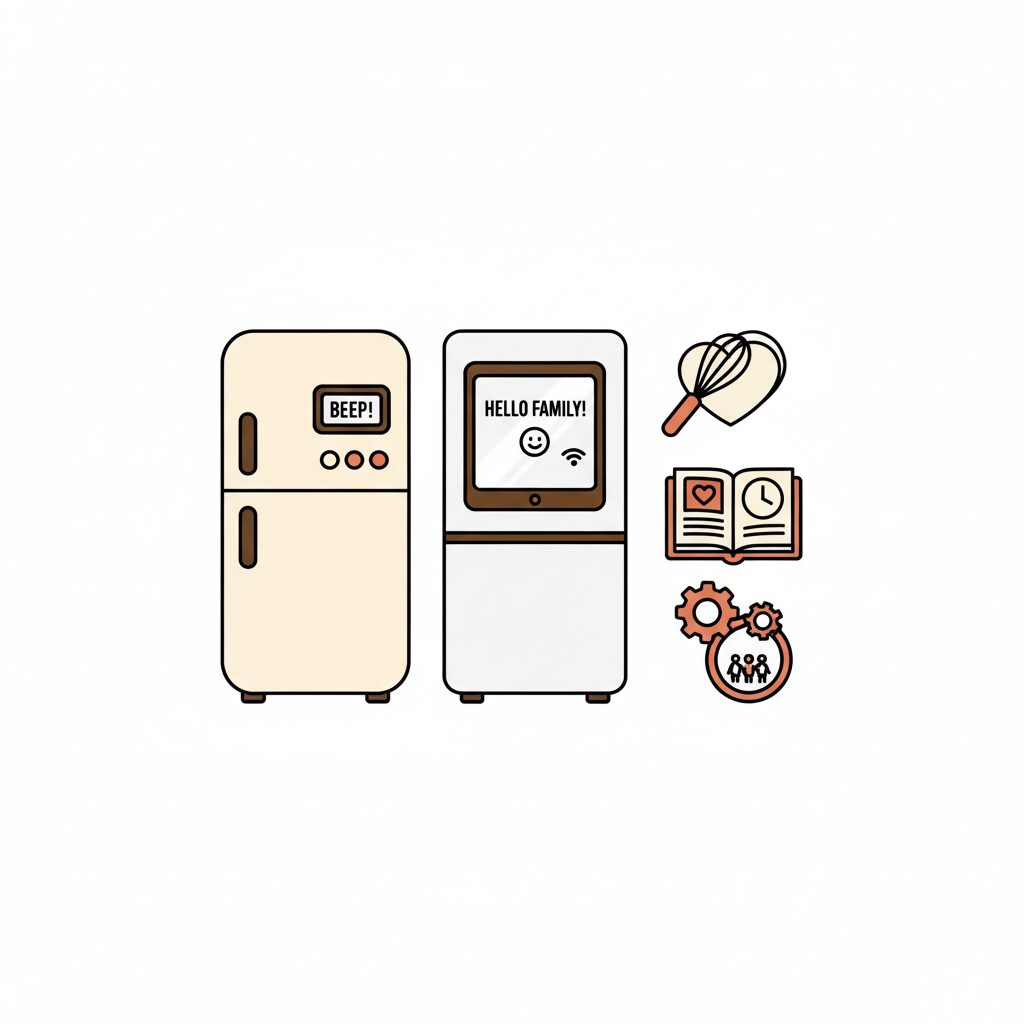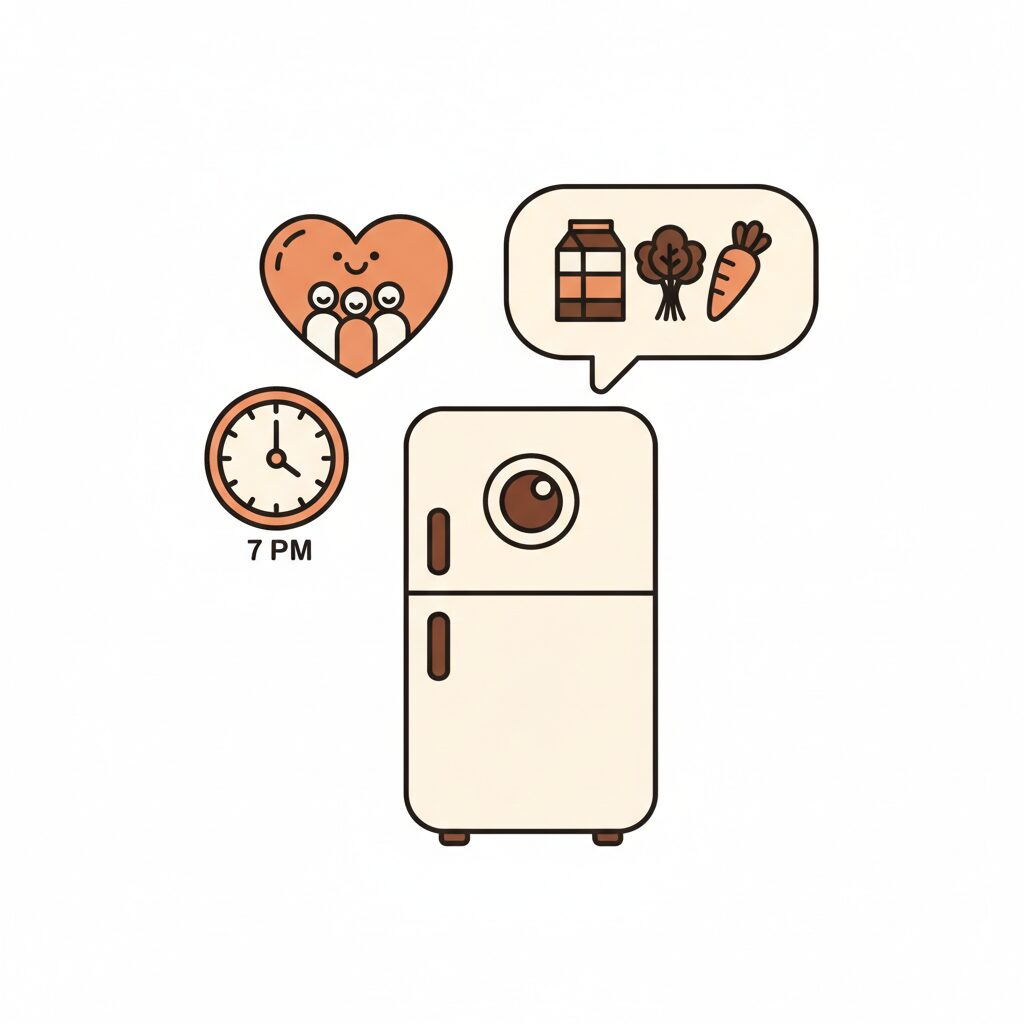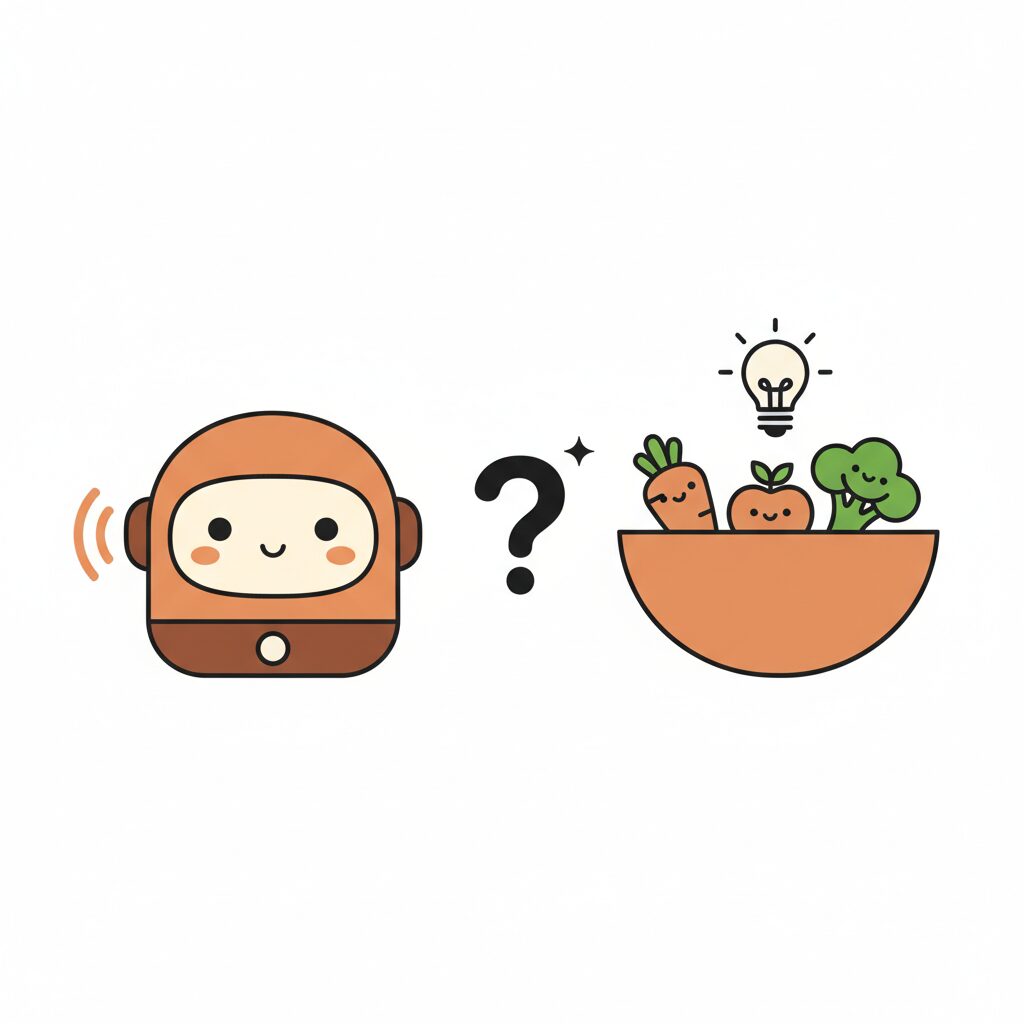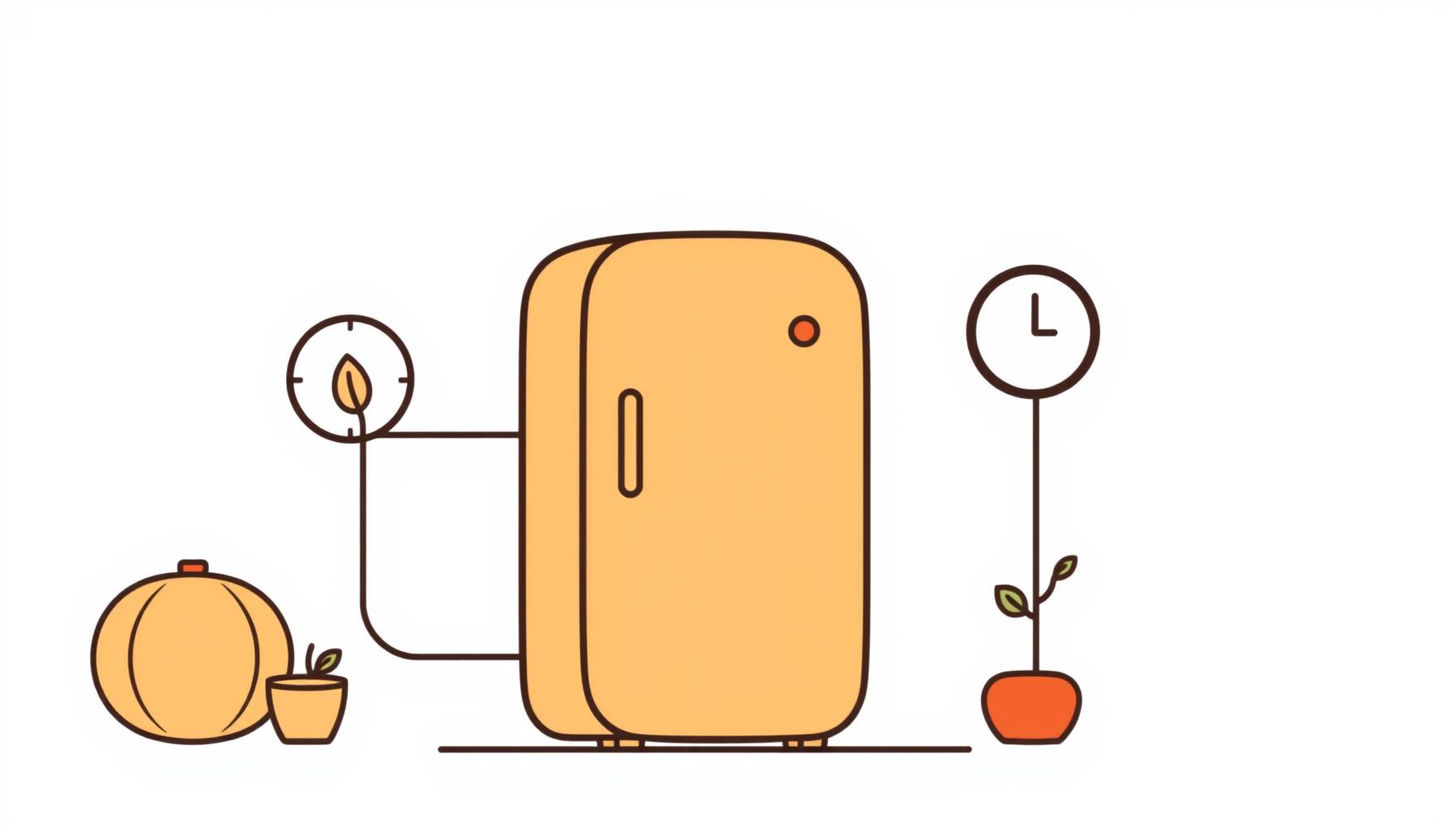
Picture a fridge that chirps when you leave the door ajar—a tiny nudge that felt like wizardry back in 1985. Now fast-forward: appliances suggesting dinner recipes as you herd kids toward homework, tracking groceries, even spotting that wilting lettuce before you do. Yet beyond nostalgia, here’s what keeps me up—the question every parent juggles—does this tech weave us closer together, or just add another ping to our overloaded days? Let’s wonder aloud about what 40 years of kitchen evolution really means for the messy, magical spaces where family bonds grow.
From Beeps to Brain: How Does Kitchen Tech Support Family Life?

Remember Samsung’s 1985 Talking Fridge? It simply chimed ‘door open’ like a polite guardian angel. Now, at IFA 2025, they’re unveiling Bespoke AI fridges with eyes—cameras scanning shelves to recognize foods, track expiration dates, and quietly suggest recipes before hunger strikes. It’s not about flashy toys; it’s about reclaiming those stolen breaths in parenting chaos. When the appliance flags ‘milk almost gone’ while you’re wrestling backpacks, it’s like a teammate saying, ‘I’ve got this.’
What thrills me isn’t the tech—it’s how it solves real headaches. Imagine Tuesday evenings: soccer practice, homework battles, and that panic when dinner plans crumble. Suddenly, your fridge nudges, ‘Leftover chicken + sweet potatoes = crispy tacos tonight!’ That’s the magic: transforming stress into space—space for listening to your child’s imaginary dragon story instead of scrambling for ingredients.
And with seven years of software updates promised on modern Wi-Fi models, it’s a tool that grows wiser alongside your family. Like planting a garden, it nurtures quietly—freeing you to focus on what truly matters, like sharing stories during pancake flips.
When Appliances Anticipate: Can Tech Spark Family Creativity?

Today’s AI kitchens go deep: Bixby’s Voice ID recognizes six family members, turning requests like ‘Hey Bixby, prep the washer for bedtime’ into reality. But here’s my reflective pause—how do we keep our kids’ curiosity alive when help arrives before they ask? I’ve seen little ones mesmerized by screens, forgetting how joy feels in hands-on discovery.
Let’s flip the script. Instead of the fridge auto-ordering groceries, why not make it a treasure hunt? ‘Scan these veggies left in the crisper—what wild soup can we invent?’ Suddenly, tech sparks creativity, not dependency. When it suggests ‘broccoli smoothie,’ laugh together, then grab bowls and blend real ideas. These moments build confidence no algorithm can replicate—the way fingers learn to knead dough or count berries.
And when the voice assistant mishears ‘chocolate’ as ‘carrots’ like a bilingual assistant confusing ‘kimchi’ with ‘keychain’—our family kitchen giggles need no translation. Keeping it light reminds kids: tools assist, but we steer the ship. ‘Whoa, fridge, close enough!’ The goal isn’t perfect efficiency—it’s preserving wonder in ordinary moments, like noticing how sunlight catches confetti on the floor after a birthday party.
The Unseen Gift: How Can Tech Respect Your Family’s Rhythm?

What truly impresses me? The quiet reliability beneath the wow. Samsung’s AI Hybrid Cooling slashes energy use and temperature swings, aiming for ENERGY STAR’s ‘Most Efficient’ title. As a parent, that whisper-quiet efficiency mirrors what we crave—tools that serve without demanding attention.
Think of it as tech with emotional intelligence. Just as we adjust parenting styles as kids grow, these appliances evolve silently through updates, handling mundane tasks so you’re fully present for Lego towers or bedtime giggles. Set boundaries where it steps back: no notifications during family meals, for example. Use recipe suggestions as conversation starters—’Who wants to chop veggies for our nacho bar?’—then unplug to savor flavors and each other’s company.
The deepest win? Teaching kids tech’s place through action. When the fridge tracks food waste, tie it to gratitude: ‘See how little we toss this week? Let’s celebrate with apple slices!’ Model mindful use by asking aloud, ‘How can this save us time for something fun?’ Then head outside—no algorithm needed—to wonder what memories our kids will hold most: the tech’s convenience, or how we made space for their giggles.
